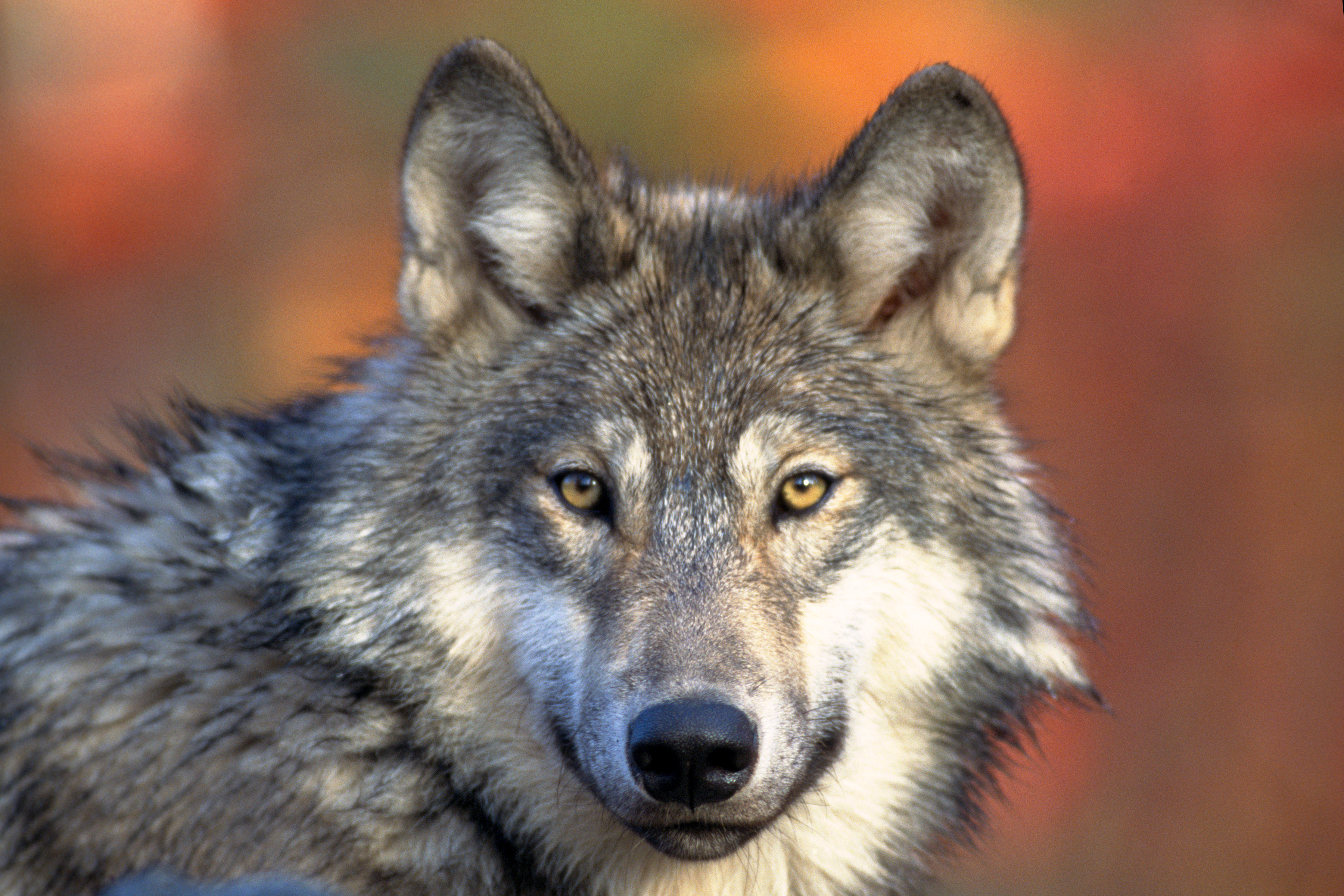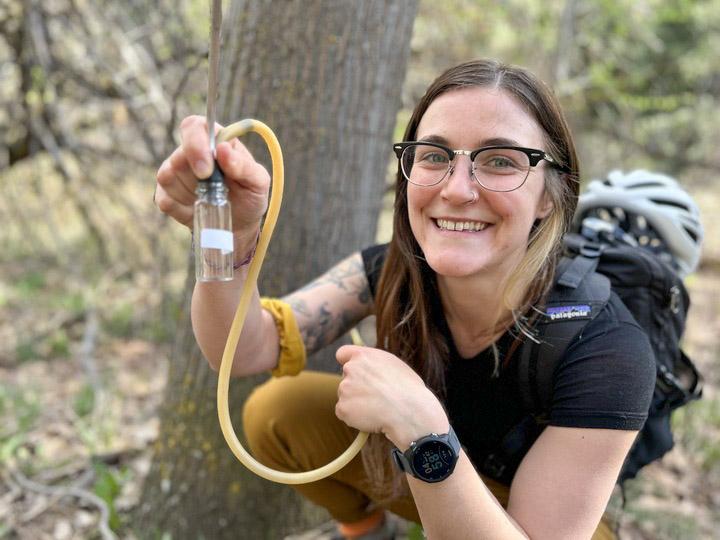
The federal government granted Colorado the authority to manage and kill wolves in specific circumstances on Tuesday, clearing a path for the state to meet a voter-approved deadline to release the predators by the end of the year.
The U.S. Endangered Species Act currently forbids anyone from harming or harassing wolves in Colorado. Under the final decision, the U.S. Fish and Wildlife Service approved a special exception — known as a 10(j) permit — designating the predators as an “experimental population” within state boundaries.
That permit gives Colorado key flexibility to enact its wolf reintroduction plan. The policy, approved by state wildlife commissioners in May, allows for proactive management of wolves that threaten livestock or working animals.
Acceptable methods include nonlethal hazing tools like sirens or sound cannons. If wolves are a consistent threat, state wildlife officers can approve lethal control on a case-by-case basis. Ranchers would also be allowed to kill wolves caught in the act of preying on livestock.
The final federal rule does provide clarity on one point: While people can remove wolves attacking working dogs, it remains illegal for anyone to kill a wolf if it's attacking a pet.
Gaining that latitude under federal law has been a top priority for rural state lawmakers. Earlier this year, a bipartisan bill would have only allowed reintroduction if the federal government granted the expected 10(j) permit. Gov. Jared Polis vetoed the proposal, saying it would add legal complications and put the state at risk of missing its Dec. 31 deadline.
State Sen. Dylan Roberts, a bill sponsor and Democrat representing Steamboat Springs, said he’s grateful there weren’t delays at the federal level to approving the permit. At the same time, he now fears environmental groups could sue to block it, which could result in an injunction from a federal court putting the permit on hold.
“It seems the state is steadfast in reintroducing wolves by the end of the year. If the court enjoins the 10(j) permit, that could mean there would be no flexibility in place while the wolves are out,” Roberts said.
Lindsay Larris serves as the wildlife program director for WildEarth Guardians, a group that’s previously criticized Colorado's plans to allow lethal control of wolves. She said the organization doesn’t plan to file any sort of lawsuit before the reintroduction process begins.
“We’re going to see what takes place on the landscape over the next year,” Larris said.
Barring legal complications, Colorado Parks and Wildlife appears ready to meet the end-of-year target. The new permit is set to take effect on Dec. 8, 2023, opening a 24-day window for the state to release wolves on the Western Slope.
The department has also secured an initial supply population of the predators. In October, Colorado struck a one-year agreement with Oregon to capture up to ten gray wolves for its reintroduction project.
The largest remaining mystery remains the release location for the first batch of gray wolves. State wildlife officers say the predators will be let loose in a general region around Vail, Aspen, and Gunnison, but haven’t offered anything more specific.
Colorado has committed to meeting with local landowners before any wolves are released.
Gray Wolves in Colorado
Wolves are finding their way back to Colorado after an 80-year absence. At the same time, state wildlife officers are carrying out a voter-approved initiative to reintroduce the predators by the end of 2023.
- A test of ‘ballot box biology’: Colorado’s 2020 reintroduction initiative marked the first time voters, not wildlife managers, ordered the return of an endangered species.
- Wolves have returned to Colorado without human help. One pack has migrated into Jackson County and started breeding. Another mysteriously disappeared in Moffat County.
- Are wolves even endangered? The predators remain protected under state law, but their status as a federal endangered species remains locked in complex court battles.
- Colorado ranchers are getting ready: Livestock producers are worried about losing animals. One has tried to protect his cattle with guard donkeys.







